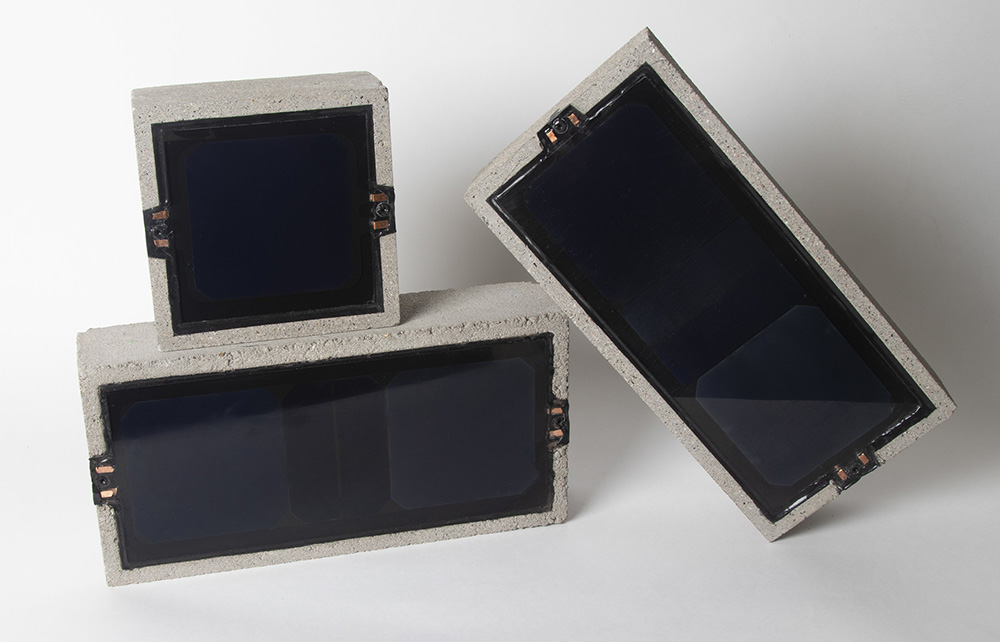Massachusetts Court clarifies deadline for filing for property damages in contamination cases - by Susan Bernstein

Attorney at Law
The recent decision by the Massachusetts Supreme Judicial Court (SJC) in Grand Manor Condominium Association v. City of Lowell (Grand Mano) extensively clarifies the date by which a private suit (i.e. not one brought by the government) must be filed against a party presumed to be responsible (known as a Potentially Responsible Party or a PRP) for property damage that is not “reasonably curable,” pursuant to MGL c. 21E, known as the “Massachusetts Oil and Hazardous Waste Release Prevention Act” in Massachusetts.
There are various Statute of Limitations (“S of L”) contained within Chapter 21E by which a potential plaintiff must bring suit, as expressed in §11A. However, each of the types of recovery have distinct language regarding the kind of harm alleged and the specific deadline to file suit. These are found in the following sections: 4 (reimbursement for already incurred expenses), 4A (reimbursement for expenses not yet incurred), and 5 (property damage that cannot be cured or compensated by remediation or recovery of response costs). While the general rule of thumb is that suit must be brought within three (3) years from the date of knowledge, Grand Manor and other cases (e.g. Taygeta Corp. v. Varian Associates, Inc., a 2002 case), have flushed out certain circumstances where one’s knowledge of a situation may be premature or not ripe enough to bring a suit and therefore will not toll the S of L. In fact, the SJC stated in Grand Manor that a plaintiff must be on notice that they have a claim pursuant to MGL c. 21E, §5(a)(iii) before the claim is time barred; and that such notice is separate from notice that environmental contamination has occurred. (emphasis added).
Under MGL c. 21E, bringing an action under §5 for property damages must be commenced within three years after the date the person seeking recovery discovers or reasonably should have discovered the appropriate PRP. By contrast, the court explained that to recover reimbursement, contribution or equitable share (under §§4 or 4A), suit must be commenced within three years of the date of one of the following whichever is LATER: the person seeking recovery discovers or reasonably should have discovered the PRP OR the plaintiff first learns of a material violation of an agreement entered into regarding clean up OR the person bringing the action incurs all response costs, OR payment by the person seeking contribution, reimbursement or equitable share for liability OR sending notice of demand.
In Grand Manor, the plaintiffs learned in early 2009 that their condominium complex was built on a former landfill and that contamination existed. However, it was not until later in 2012 that the plaintiffs filed suit, after they learned that the level of contamination would be extremely expensive to fully remediate and therefore the property would only be partially cleaned. This was more than three years after they initially learned of the contamination, but not beyond three years from the time they learned that the property damage would not be “reasonably curable” and would be permanent. The SJC found that the S of L had not expired and ruled that the claim was timely.
The take-away here is to be certain you know which of the causes of action are applicable to your case and which deadlines apply.
Susan Bernstein is an attorney at law, Needham, Mass.
Bridgeport implements energy efficiency plan with utility partners and regional business council





